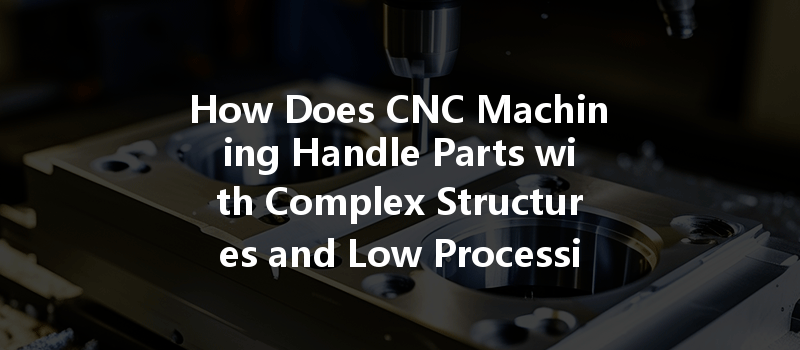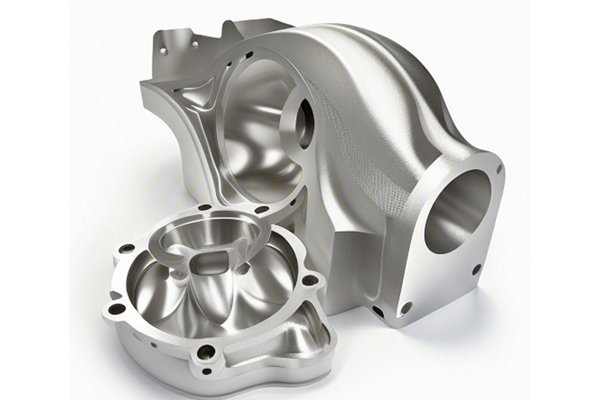Opening: A Fact that Draws Attention
Did you know that as industries evolve towards increasingly complex designs, nearly 50% of manufacturing companies struggle with inefficiencies in processing intricate parts? This statistic highlights a growing concern in the manufacturing sector, particularly in CNC machining
In this blog, we will delve deep into how CNC machining copes with parts characterized by complex structures and low processing efficiency, providing detailed insights and practical solutions for manufacturers facing these challenges.
—
CNC (Computer Numerical Control) machining is a highly sophisticated method that uses computer-controlled machines to create precise parts from various materials. As industries seek innovation, the complexity of component designs often strains traditional machining capabilities.
Complex structures frequently exhibit various features, including:
These traits make it challenging to achieve the desired quality while also dealing with longer processing times, increased wear and tear on machine parts, and potential waste material.
Low processing efficiency typically results from several factors, including:
The combined effect of these inefficiencies leads manufacturers to incur higher operational costs and potential delays in production schedules.
—
To tackle the challenges posed by complex parts, it is crucial to adopt a strategic approach that encompasses several key areas:
a. CAD/CAM Integration:
Utilizing sophisticated CAD (Computer-Aided Design) and CAM (Computer-Aided Manufacturing) software helps in designing parts with accuracy. Integrated systems allow for seamless transition from design to machining, enabling optimized tool paths and reducing programming errors.
b. Simulation and Prototyping:

Employing simulation software permits engineers to visualize machining processes before actual production. This helps in identifying bottlenecks and inefficiencies that may arise during the machining of complex geometries.
a. Multi-Axis Machining Centers:
Investing in multi-axis CNC machines allows for better handling of complex geometries. These machines can approach the part from different angles in one setup, reducing machining time significantly and enhancing accuracy.
b. Adaptive Tooling:
Adaptive tooling solutions, like replaceable modular tools, help in addressing various machining needs. Such tools can be easily adjusted to suit different parts, which is crucial when dealing with low processing efficiency.
Selecting the appropriate materials can significantly affect machining performance. Parts made from less complex materials tend to process faster compared to tougher materials. For instance, considering material alternatives that retain necessary mechanical properties while offering improved machinability can lead to enhanced efficiency.
Understanding the principles of tool path optimization is essential. An effective tool path leads to reduced machining time, lower tool wear, and improved surface finishes. Strategies include:
Embracing lean manufacturing principles can further enhance processing efficiency. Measures such as setup reduction, waste minimization, and just-in-time manufacturing can lead to notable improvements in the overall workflow and productivity.
Investing in training for CNC operators and programmers cannot be overstated. Skilled personnel can maximize the potential of the machinery and software, implement best practices, and quickly troubleshoot issues that may arise.
Incorporating IoT (Internet of Things) applications enables real-time monitoring of CNC machines. This capability allows for immediate feedback on machining operations, which is invaluable for continuous process improvement.
—
This exploration into how CNC machining addresses parts with complex structures and low processing efficiency has illuminated various strategies and technologies essential for the modern manufacturer. By integrating advanced software solutions, employing multi-axis machining, selecting appropriate materials, optimizing tool paths, adhering to lean manufacturing principles, investing in staff training, and leveraging real-time monitoring technologies, companies can overcome the obstacles posed by complex part designs.
As industries continue to evolve and the demand for intricate components grows, the ability to efficiently machine complex parts will become a critical differentiator in the marketplace. For manufacturers, investing in these strategies is not merely about enhancing production capabilities; it’s about future-proofing their operations and remaining competitive in an ever-changing landscape.
By addressing these crucial areas, manufacturers can minimize inefficiencies and achieve a level of precision and quality that not only meets but exceeds industry standards. Thus, understanding and implementing these solutions is essential for every professional involved in CNC machining and manufacturing.
Engaging with this topic and considering how your organization can adapt its methodologies is imperative for survival and success in the complex world of modern manufacturing.



